You may have heard the saying, “A little friendly competition never hurt anyone.”
The key phase being “a little.”
When they are potentially up against anyone with an internet connection, things can get a little more complicated.
So businesses are constantly seeking effective marketing strategies to stand out and get your attention.
One strategy that has proven its worth time and time again is content marketing.
But what exactly is content marketing, and why is it essential for modern businesses?
In this article, we will delve into the core concepts of content marketing, exploring its benefits, key components, and how it can be leveraged to achieve remarkable results.
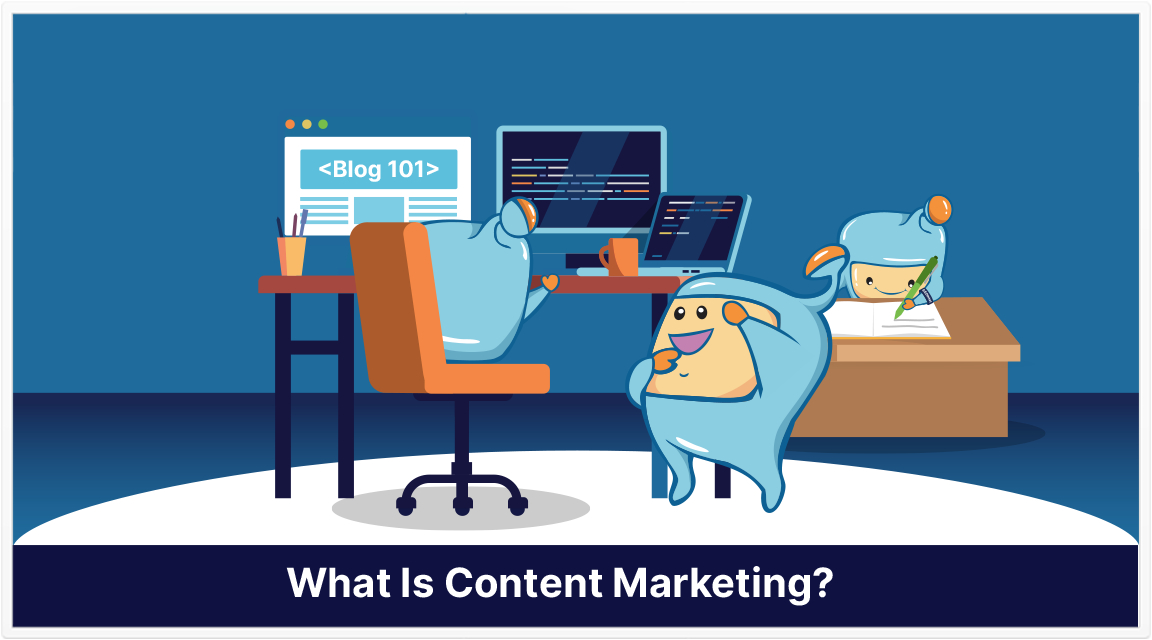
Here is what you will read in this article:
Content marketing is a strategic approach to marketing that revolves around the creation, distribution, and promotion of valuable and relevant content to attract, engage, and retain a clearly defined target audience.
It is a method that focuses on providing valuable information, entertainment, or solutions to the target audience, rather than directly promoting products or services.
The key aspect of content marketing is delivering content that is valuable and relevant to the target audience's needs, interests, or pain points.
It aims to establish trust, credibility, and authority by offering helpful and engaging content that resonates with the audience.
Instead of interrupting consumers with intrusive ads or promotional messages, content marketing aims to build a relationship with the audience by providing them with content they genuinely find valuable.
The content in content marketing can take various forms, such as blog posts, articles, videos, podcasts, infographics, social media posts, whitepapers, case studies, ebooks, and more.
The choice of content format depends on the preferences and behaviors of the target audience, as well as the goals and resources of the business.
The ultimate goal of content marketing is to drive profitable customer action.
By consistently delivering valuable content, businesses can attract and engage their target audience, generate brand awareness, enhance customer loyalty, establish thought leadership, and ultimately drive conversions, sales, and revenue.
Content marketing is not a one-time effort but an ongoing process that requires strategic planning, creation, distribution, and analysis.
It involves understanding the target audience, conducting research, identifying relevant topics, developing a content strategy, creating high-quality content, optimizing it for search engines, promoting it through various channels, and measuring its performance to refine future efforts.
Content marketing offers a wide range of benefits for businesses seeking to establish a strong online presence, engage their target audience, and drive meaningful results.
Let's explore some of the key advantages:
Increased Brand Visibility and Awareness
By consistently delivering valuable and relevant content, businesses can increase their brand visibility and awareness.
Engaging content attracts attention, generates social shares, and helps spread the word about the brand, reaching a wider audience and increasing brand recognition.
Enhanced Customer Engagement and Loyalty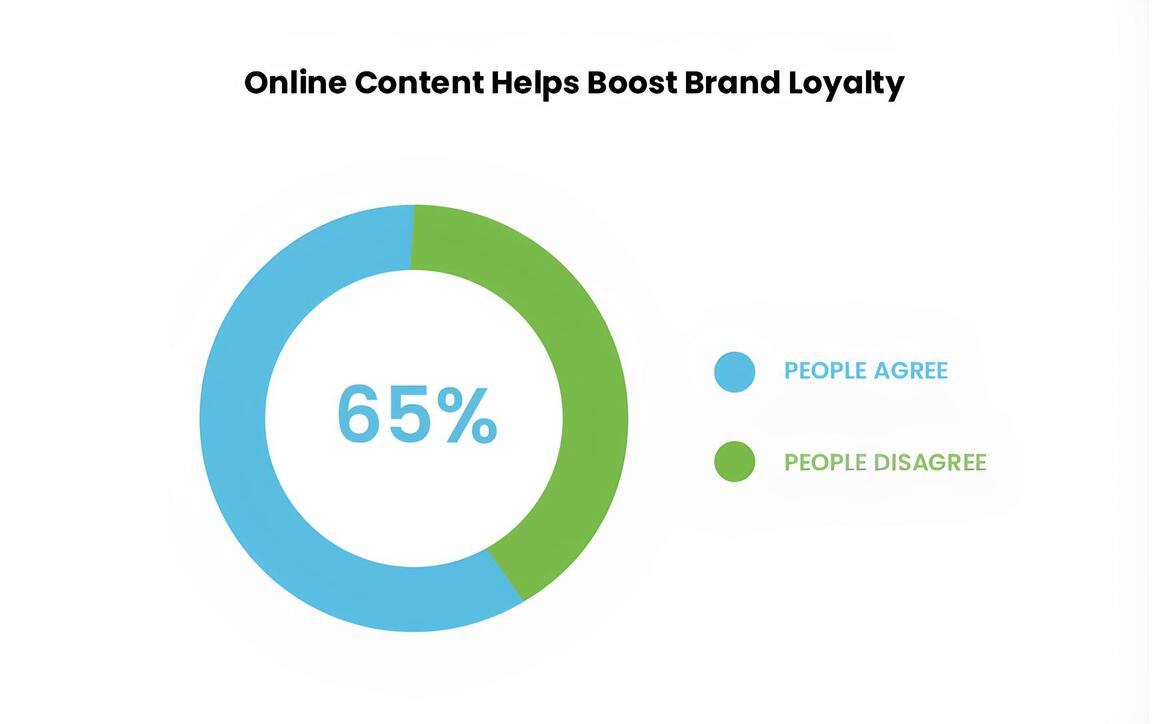
Content marketing allows businesses to engage with their target audience on a deeper level.
By providing valuable information, insights, or entertainment, businesses can build trust, credibility, and loyalty.
Engaged customers are more likely to become brand advocates, sharing content, and recommending the business to others.
One of the easiest and most effective ways of getting customers engaged is by utilizing polls.
They can be a valuable tool for enhancing customer engagement and loyalty by involving your audience in the decision-making process and fostering a sense of community
Establishing Authority and Thought Leadership
Publishing high-quality content helps businesses establish themselves as experts and thought leaders in their industry.
By sharing valuable knowledge, insights, and expertise, businesses can gain credibility and trust among their audience.
This authority enhances the brand's reputation and increases its influence within the industry.
Improved Search Engine Visibility and Organic Traffic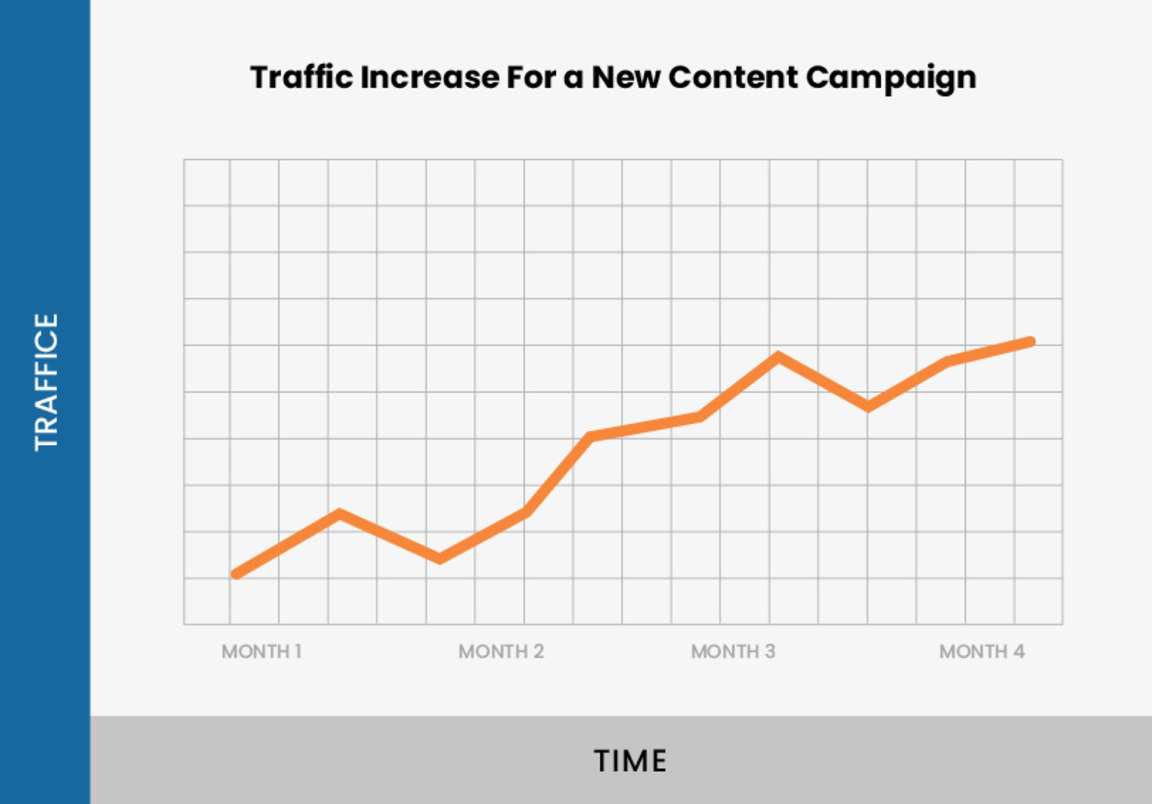
Creating optimized content with relevant keywords and topics can improve search engine rankings.
When businesses appear higher in search results, they attract more organic traffic to their website.
By consistently producing valuable content that aligns with search intent, businesses can drive targeted traffic and reach potential customers actively searching for solutions.
Lead Generation and Conversion
Content marketing plays a crucial role in lead generation and conversion.
Valuable content attracts and engages potential customers, capturing their interest and encouraging them to take further actions, such as signing up for newsletters, downloading gated content, or making purchases.
By nurturing leads through informative content, businesses can guide them through the sales funnel and increase conversion rates.
Cost-Effectiveness and Long-Term Results
Compared to traditional advertising methods, content marketing can be more cost-effective.
Once created, quality content can continue to generate results and drive traffic for an extended period.
Evergreen content, in particular, retains its value over time, delivering long-term benefits without requiring constant investment.
Opportunities for Audience Research and Insights
Content marketing provides valuable opportunities for businesses to gather insights about their target audience.
By analyzing content performance, engagement metrics, and audience behavior, businesses can gain valuable data to inform future marketing strategies, refine their targeting, and improve overall customer understanding.
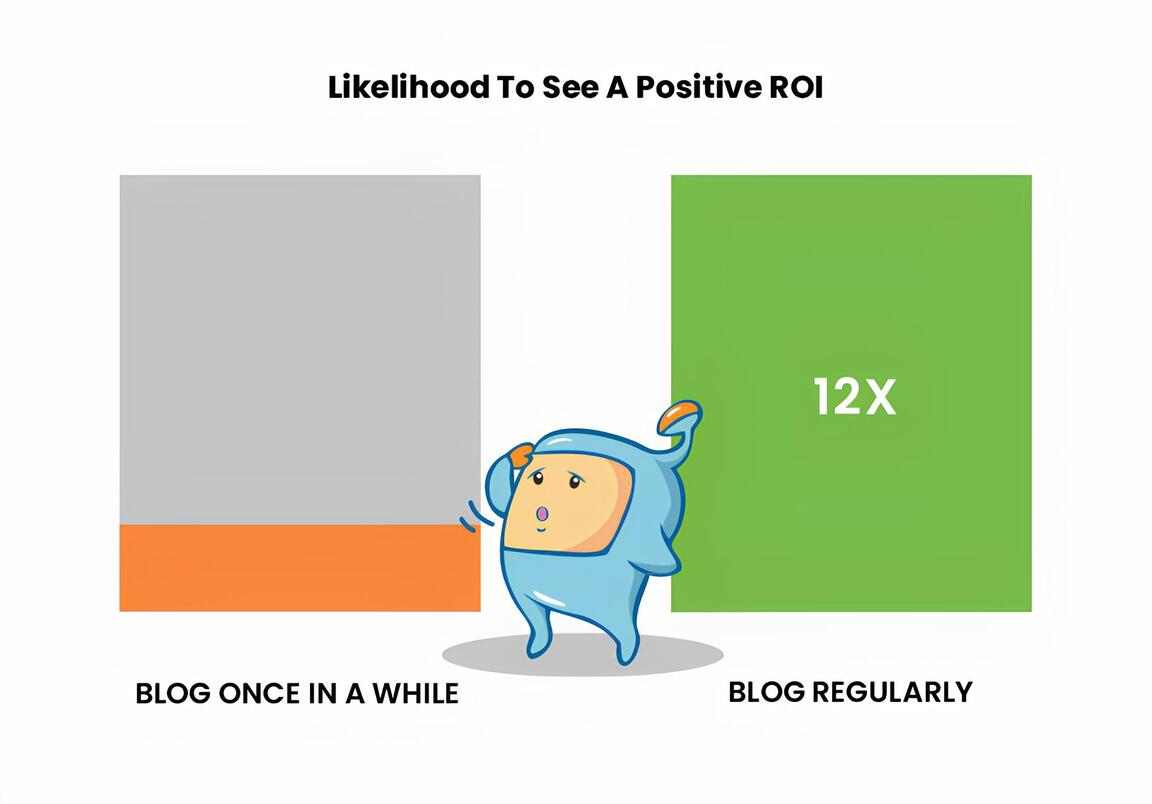
A successful content marketing strategy is built upon several key components that work together to achieve desired results.
Here are the essential elements that contribute to a successful content marketing strategy:
Clear Goals and Objectives
A successful strategy begins with clearly defined goals and objectives.
It is important to establish what you aim to achieve through your content marketing efforts, whether it is to increase brand awareness, drive website traffic, generate leads, boost conversions, or enhance customer engagement.
Setting specific, measurable, attainable, relevant, and time-bound (SMART) goals helps guide your strategy and measure its effectiveness.
Audience Research and Targeting
Understanding your target audience is crucial for crafting content that resonates with them.
Conduct thorough audience research to identify their demographics, preferences, needs, challenges, and interests.
This knowledge enables you to create content that addresses their pain points, provides value, and aligns with their motivations.
Compelling and Valuable Content
High-quality content lies at the core of any successful content marketing strategy.
Create content that is informative, entertaining, engaging, and relevant to your target audience.
Whether it's blog posts, videos, podcasts, infographics, or social media content, focus on providing value and addressing your audience's needs.
Consider using a mix of content formats to cater to different preferences and ensure variety in your content offerings.
Consistency and Frequency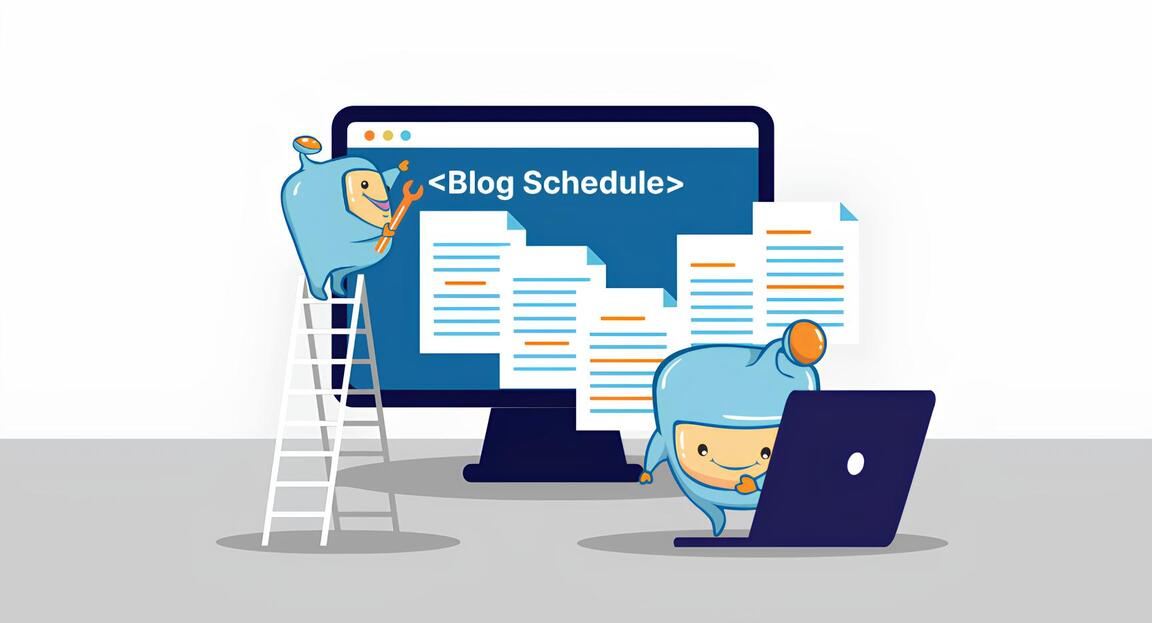
Consistency is key when it comes to content marketing.
Develop a regular content publishing schedule and stick to it.
Whether it's weekly, biweekly, or monthly, maintaining a consistent cadence helps you build momentum, attract loyal followers, and establish credibility.
Delivering content consistently also signals to your audience that you are reliable and committed to providing ongoing value.
Search Engine Optimization (SEO)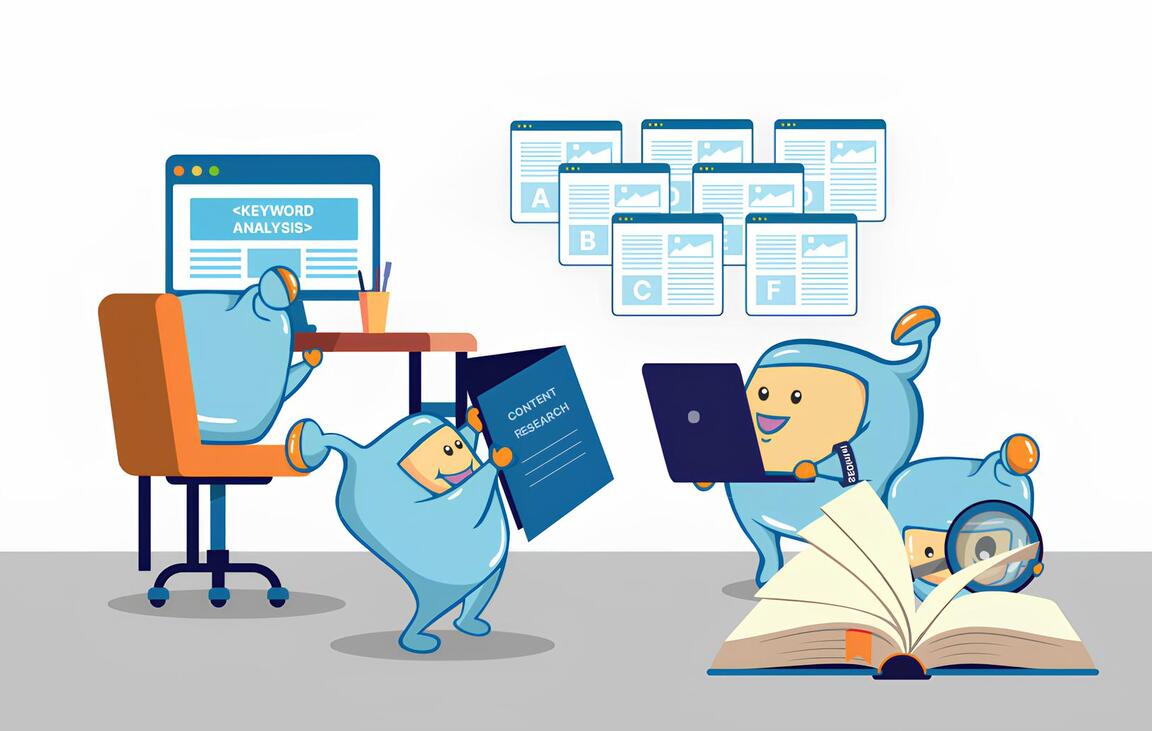
Incorporating SEO practices into your content strategy can significantly enhance its visibility and reach.
Conduct keyword research to identify relevant and high-impact keywords and integrate them naturally into your content.
Optimize your content's meta tags, headings, and descriptions to improve its search engine rankings.
Additionally, focus on creating content that satisfies user intent, as search engines prioritize delivering valuable and relevant content to users.
Content Promotion and Distribution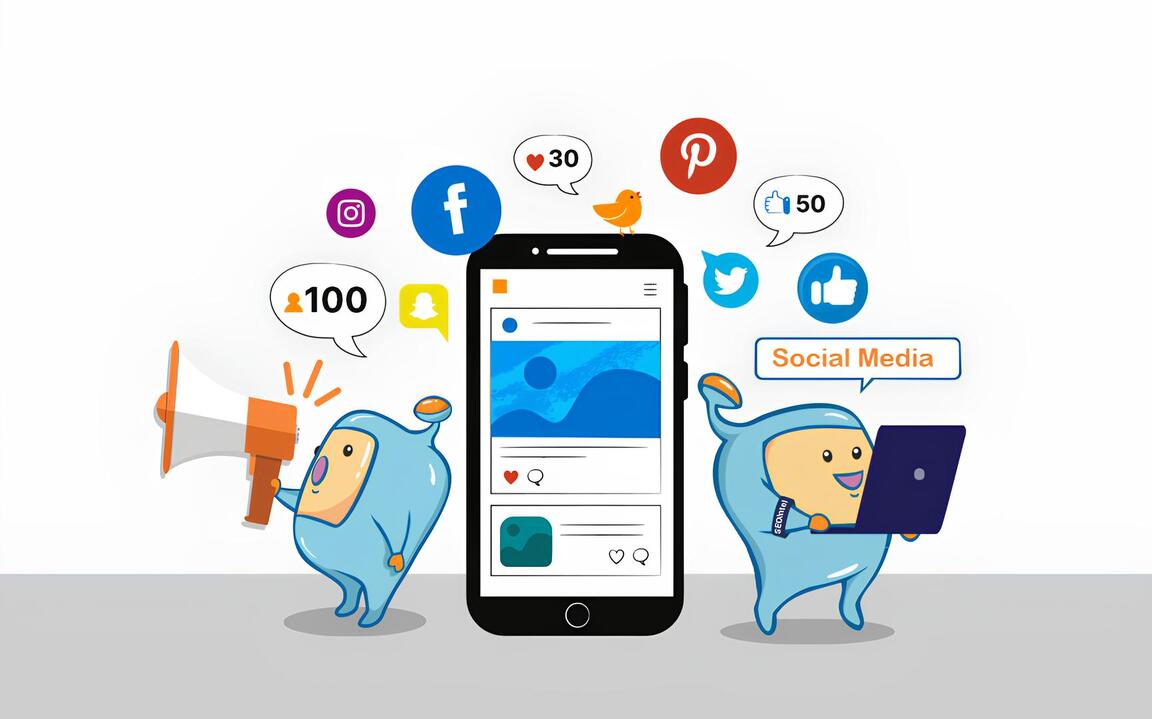
Creating great content is not enough; you need to ensure it reaches your target audience.
Develop a comprehensive content promotion and distribution plan that leverages various channels, such as social media, email marketing, influencer outreach, guest posting, and content syndication.
Actively engage with your audience on social media platforms, participate in relevant online communities, and collaborate with industry influencers to amplify the reach of your content.
Performance Measurement and Optimization
Regularly track and analyze the performance of your content marketing efforts.
Utilize analytics tools to measure key metrics such as website traffic, engagement, conversions, and ROI.
Identify which types of content resonate most with your audience, track their journey through the sales funnel, and optimize your strategy based on data-driven insights.
Continuously refine and adapt your content marketing approach to maximize its effectiveness.
Adaptability and Flexibility
The digital landscape and audience preferences are constantly evolving.
A successful content marketing strategy requires adaptability and flexibility to stay ahead of trends, emerging platforms, and changing consumer behaviors.
Stay informed about industry developments, keep an eye on your competitors, and be willing to experiment with new content formats and distribution channels to remain relevant and engage your audience effectively.

Adhering to best practices is essential for achieving optimal results.
These practices provide a framework that guides your content creation, distribution, and engagement strategies.
By following these guidelines, you can maximize the effectiveness of your content marketing efforts and drive meaningful outcomes.
Let's delve into some key best practices:
The diversity of content formats and the multitude of channels available require businesses to adopt a multichannel approach to effectively reach a wider audience.
Here's a closer look at the importance of accessibility across multiple channels and the need to optimize content for different devices:
Content Format Selection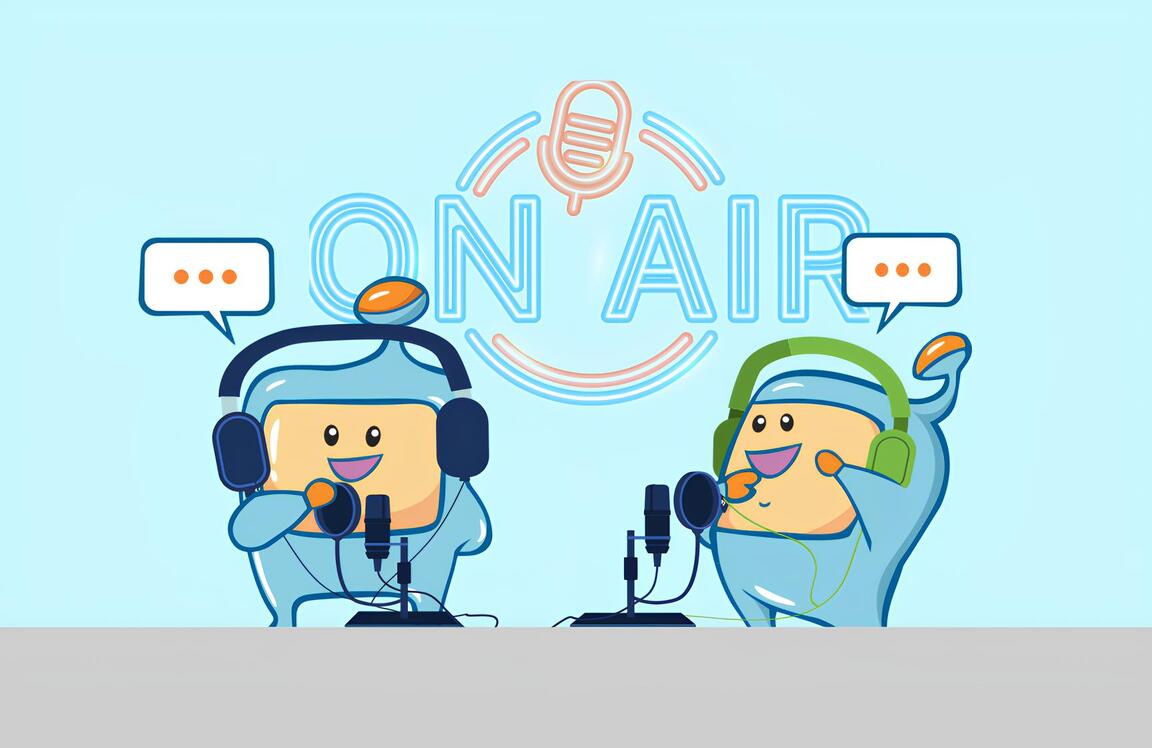
Different individuals have different preferences when it comes to consuming content.
Some may prefer reading blog posts or articles, while others may prefer watching videos or listening to podcasts.
By diversifying your content formats, you can cater to various learning styles and capture the attention of a broader audience.
Consider the types of content that align with your brand and target audience's preferences.
This may include written articles, video tutorials, audio podcasts, visually engaging infographics, or bite-sized social media posts.
Reaching Different Platforms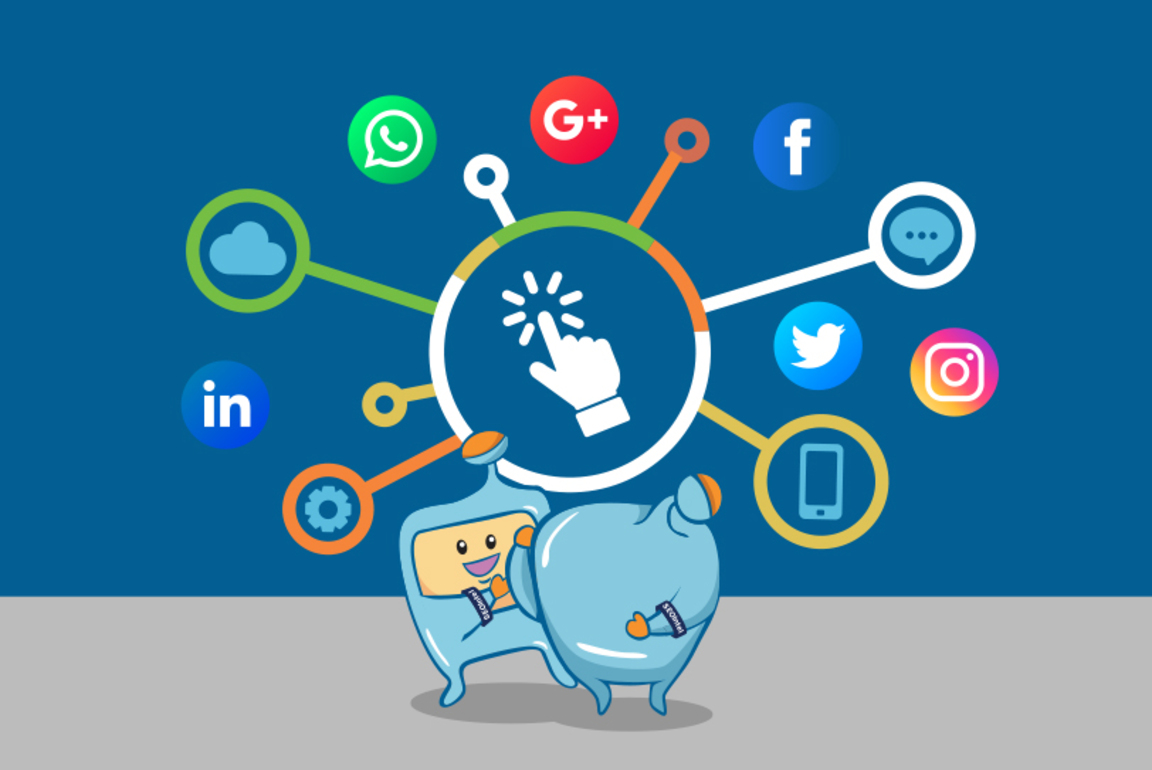
Each platform or channel serves a unique purpose and has its own user base.
It's crucial to identify the platforms where your target audience is most active and ensure your content is present there.
For example, if your target audience consists of professionals and industry experts, platforms like LinkedIn or Medium may be more suitable.
If you are targeting younger audiences, platforms like Instagram or TikTok may offer better engagement opportunities.
Tailor your content to the specific requirements and norms of each platform to maximize its impact.
Mobile-Friendly Content
With the widespread use of smartphones and tablets, optimizing your content for mobile devices is no longer an option—it's a necessity.
A significant portion of content consumption happens on mobile devices, and if your content isn't mobile-friendly, you risk alienating a large segment of your audience.
Ensure that your website, blog, and other content channels are responsive, meaning they adapt to different screen sizes and resolutions seamlessly.
This includes using mobile-responsive design, properly sized images, legible fonts, and intuitive navigation.
Responsive Video and Audio Content
If you create video or audio content, it's essential to ensure it is optimized for various devices.
This includes using video players or audio players that are compatible with different operating systems and devices.
Additionally, consider offering alternative formats, such as transcripts for videos or captions for audio, to accommodate individuals who prefer to consume content in different ways.
User Experience and Load Times
Mobile users have high expectations when it comes to user experience and page load times.
Slow-loading websites or content that isn't optimized for mobile devices can lead to frustration and higher bounce rates.
Optimize your content for faster load times by compressing images, minifying code, and utilizing caching techniques.
Prioritize delivering a smooth and seamless user experience across different devices, ensuring that content is easy to navigate and interact with.
Cross-Platform Consistency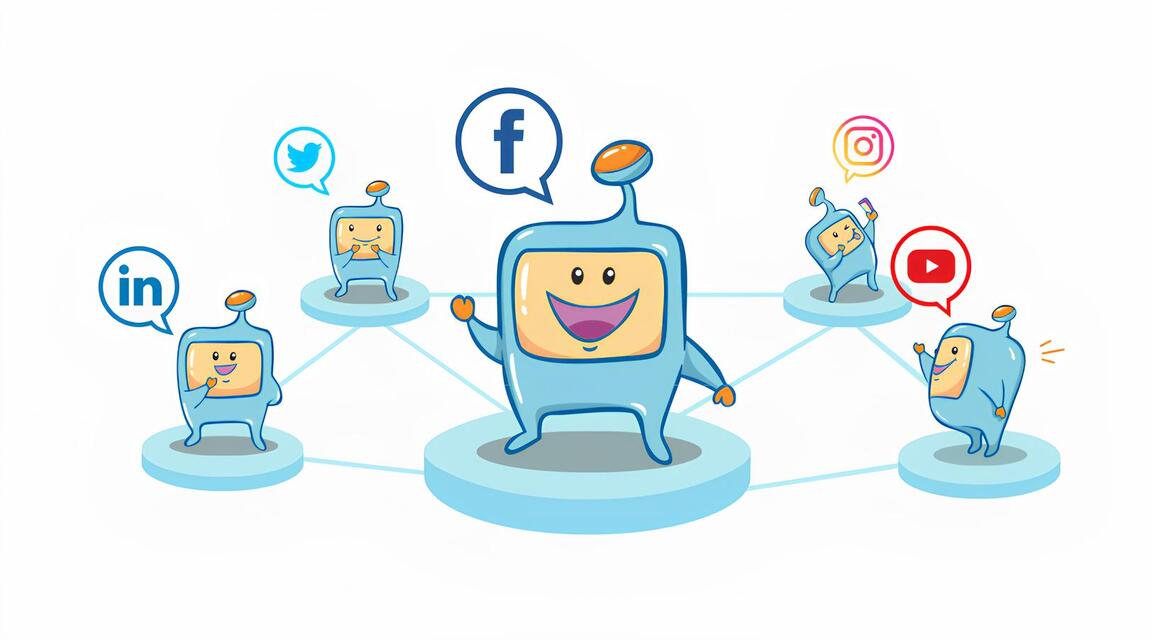
While optimizing content for multiple channels and devices, it's crucial to maintain a consistent brand experience and messaging.
Ensure that your visual branding elements, such as logos, colors, and typography, remain consistent across all platforms.
Consistency builds recognition and trust, reinforcing your brand identity regardless of the channel or device used.
By making your content accessible across multiple channels and optimizing it for different devices, you expand your reach and enhance the user experience.
This enables you to engage with a wider audience and accommodate their preferences, leading to increased visibility, improved user engagement, and ultimately, better business outcomes.

Utilizing templates can streamline and improve efficiency in various aspects of business operations.
Templates are pre-designed formats or structures that serve as a starting point for creating consistent and professional-looking documents, designs, or processes.
Here are some key benefits and best practices for utilizing templates effectively:
Consistency and Branding
Templates ensure consistency in the visual identity and branding of your business.
By using predefined templates, you can maintain a uniform look and feel across different documents, presentations, or marketing materials.
Consistent branding helps to establish a strong and recognizable identity, enhancing your professionalism and reinforcing your brand image.
Time-Saving
Templates can save significant time by eliminating the need to start from scratch each time you create a new document or design.
With a well-designed template, you have a framework that already includes the necessary formatting, structure, and placeholders.
This allows you to focus on adding content or making minor adjustments, rather than spending time on repetitive formatting tasks.
Efficiency and Productivity
Using templates improves efficiency by standardizing processes and reducing errors.
Whether it's a project management template, an invoice template, or an email template, predefined structures ensure that essential information is consistently included and organized.
This increases productivity as team members can quickly fill in the necessary details and focus on executing tasks.
Brand Compliance
Templates help enforce brand compliance by providing guidelines and predefined elements that align with your brand's visual identity and messaging.
This is particularly important when collaborating with multiple team members or external partners who need to adhere to brand standards.
Templates ensure that everyone involved follows the approved guidelines, maintaining a cohesive and professional brand image.
Adaptability and Scalability
Templates can be easily adapted to specific needs or scaled to accommodate growing requirements.
Whether you need to modify a presentation template for a particular audience or update an email template with new information, templates provide a flexible framework that can be adjusted as necessary.
This adaptability saves time and effort in tailoring documents or designs to different situations.
Quality Control
Templates can incorporate predefined quality standards and best practices.
For instance, a project management template might include sections for key milestones, timelines, and resource allocation.
By using such a template, you ensure that essential elements are not overlooked and that your work follows established best practices in your field.
Collaboration and Communication
Templates facilitate collaboration and communication among team members.
When everyone is working from the same template, it becomes easier to share ideas, provide feedback, and maintain a cohesive workflow.
Templates also enhance communication with clients, stakeholders, or external parties, as they present information in a professional and consistent manner.
When utilizing templates, it's important to keep the following best practices in mind:

Defining your audience is a crucial step in developing a successful content marketing strategy.
It involves understanding the demographics, interests, behaviors, and pain points of your target audience.
By gaining a deep understanding of who your audience is, you can create content that resonates with them on a personal level.
To define your audience, start by conducting thorough market research.
Identify the characteristics of your ideal customers, such as age, gender, location, profession, and interests.
Use analytics tools, social media insights, and customer surveys to gather data and gain insights into their preferences and behaviors.
This information will help you tailor your content to their specific needs and interests.
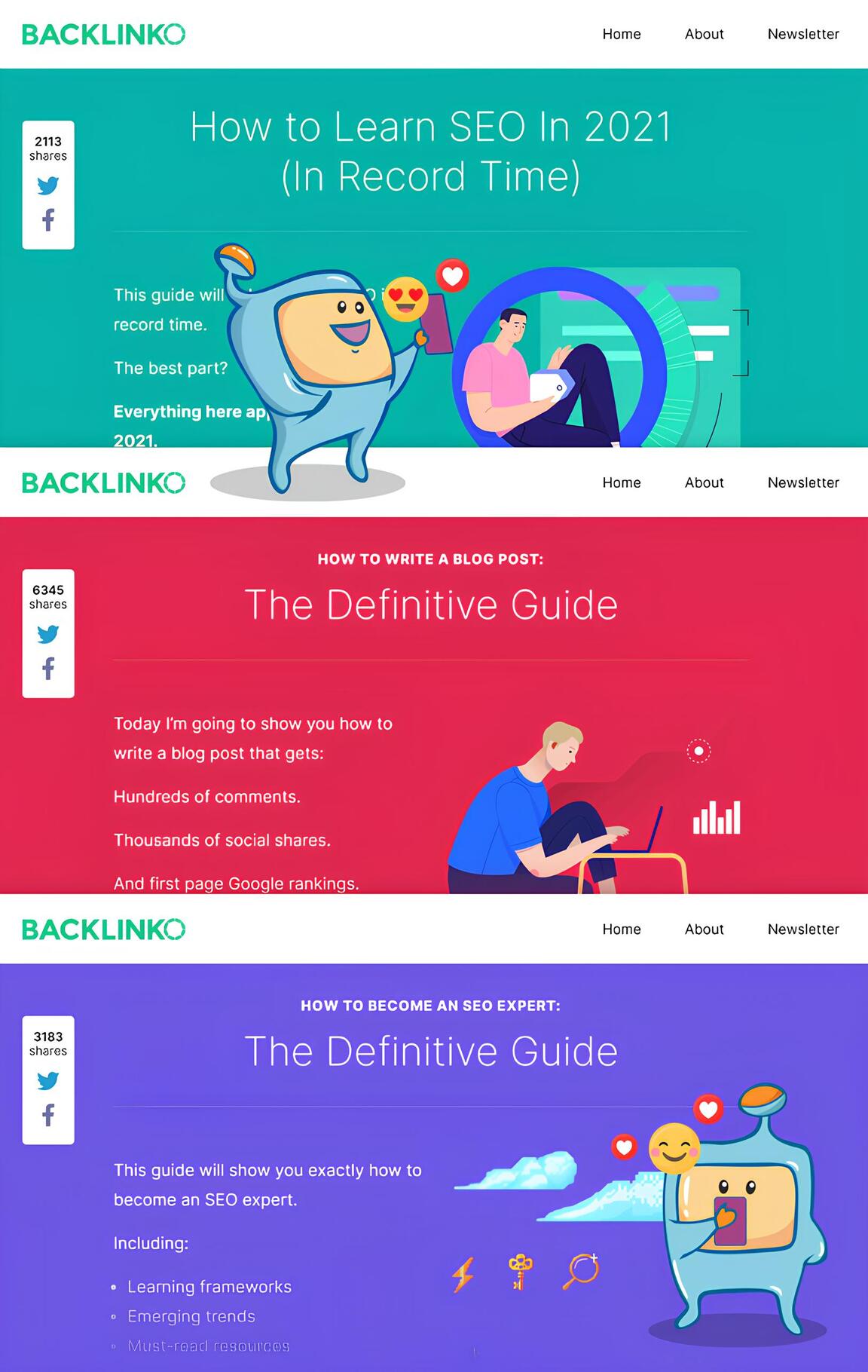
Once you have a clear understanding of your audience, the next step is to create content that appeals to them.
Your content should provide value, address their pain points, and offer solutions to their problems.
By focusing on their needs and interests, you can establish yourself as a trusted source of information and build a loyal following.
Consider the format that resonates best with your audience.
Do they prefer written articles, videos, infographics, podcasts, or interactive experiences? Adapt your content to their preferred medium to maximize engagement.
Craft compelling headlines and introductions to grab their attention and entice them to consume the full content.
Use storytelling techniques, relatable examples, and practical tips to make your content relatable and actionable.
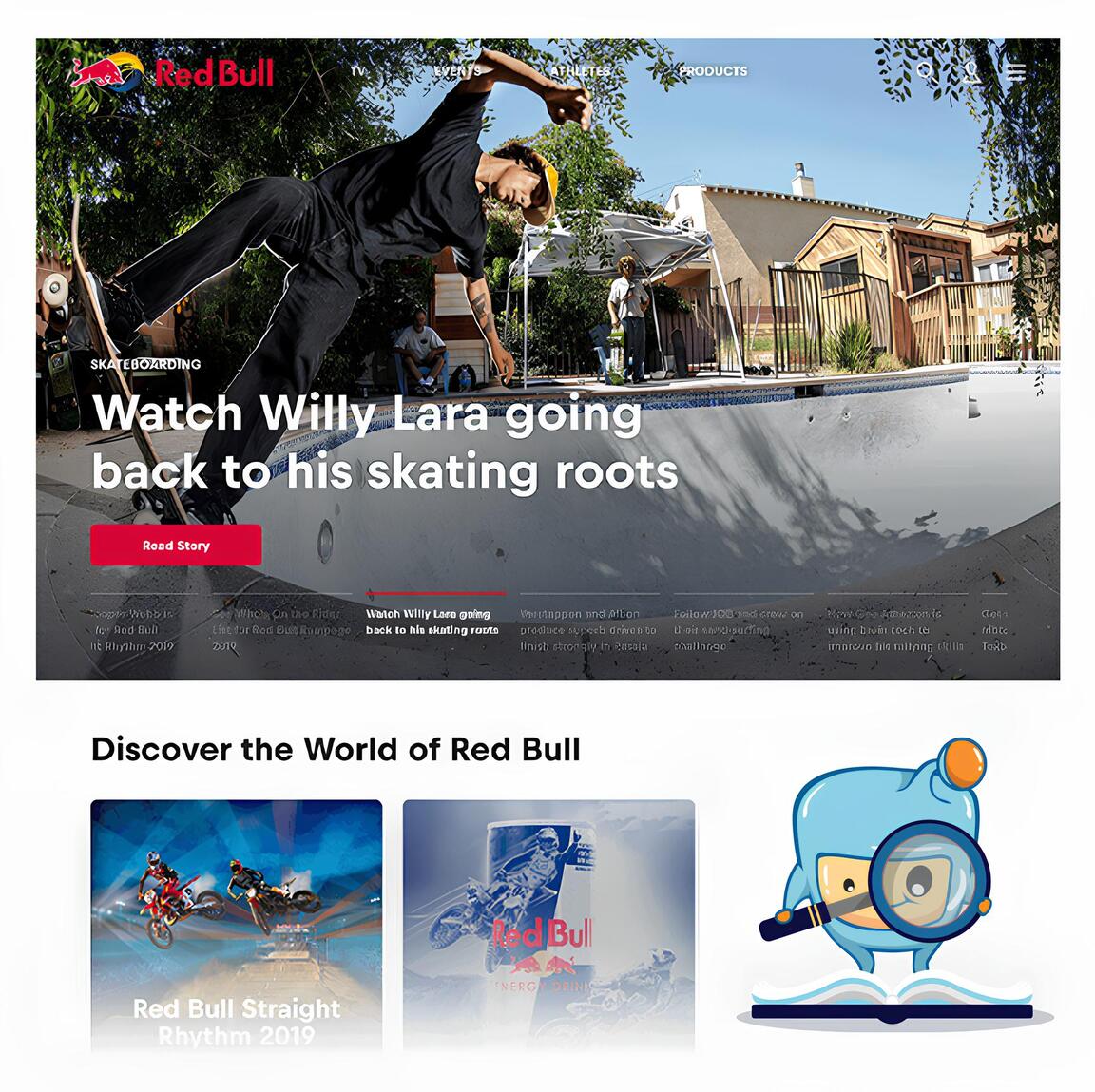
Creating content that your readers will enjoy goes beyond providing valuable information.
It involves crafting a message that resonates with them emotionally and intellectually.
Your content should evoke emotions, spark curiosity, and inspire action.
To craft a message that your readers will enjoy, consider the tone and style that aligns with your brand's voice and values.
Use language that is relatable and conversational, avoiding jargon or complex terms that may alienate your audience.
Tell stories that connect with their experiences and aspirations, making them feel understood and inspired.
Personalize your content by addressing your readers directly, using "you" and "your" to create a sense of intimacy.
Incorporate visuals, such as images, graphics, and videos, to enhance the message and make it more engaging.
Break up the content into digestible chunks, using subheadings, bullet points, and numbered lists to improve readability.
Additionally, consider the stage of the buyer's journey your audience is in and tailor your message accordingly.
Provide educational content for those in the awareness stage, informative comparisons and case studies for those in the consideration stage, and persuasive content for those in the decision stage.
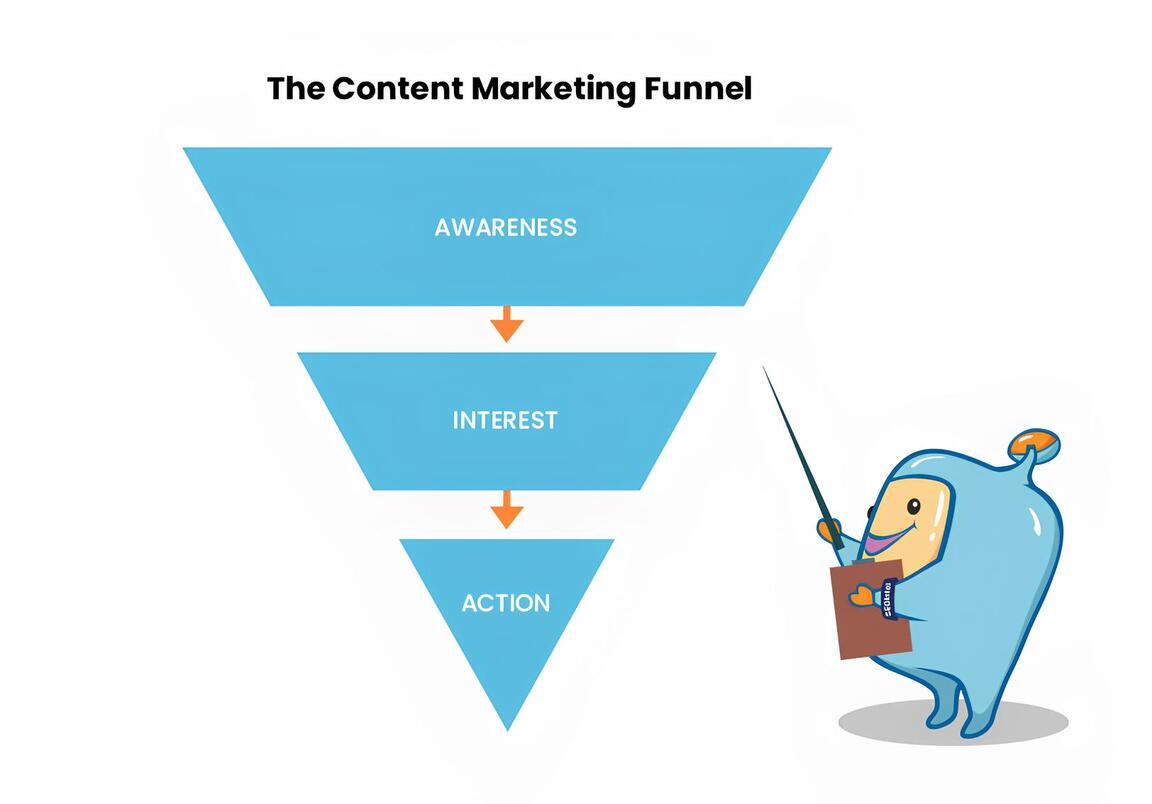
A well-structured content marketing plan is essential for effectively reaching and engaging your target audience at every stage of their buyer's journey.
It involves mapping out your content creation and distribution strategies to align with the different stages of the marketing funnel.
Let's explore the three key stages and their corresponding content strategies:
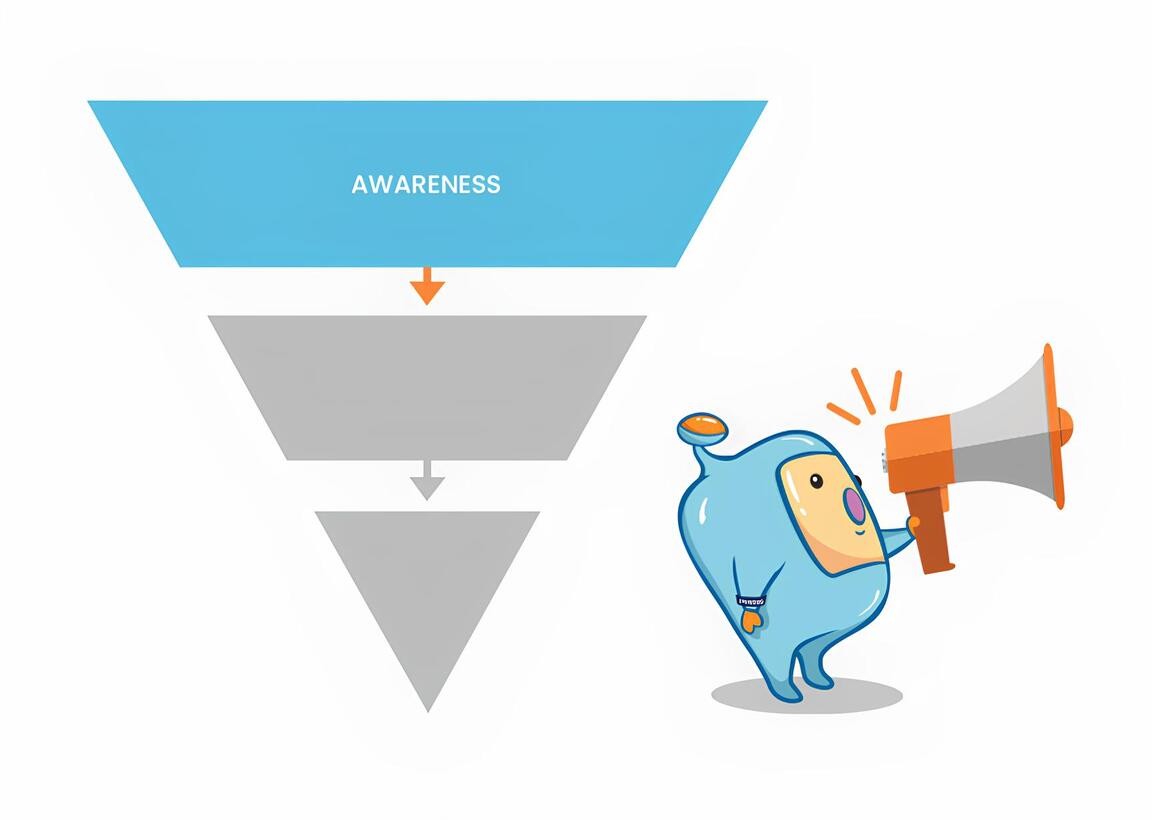
At the top of the marketing funnel, your primary goal is to create awareness and build brand recognition among your target audience.
Here, the focus is on capturing the attention of potential customers and introducing them to your brand.
To achieve this, employ content that educates, entertains, and addresses the pain points of your target audience.
Some effective content types for this stage include:
Blog Posts
Create informative and engaging blog posts that provide valuable insights, tips, and industry-related information.
These articles should address common questions and challenges your audience faces.
Videos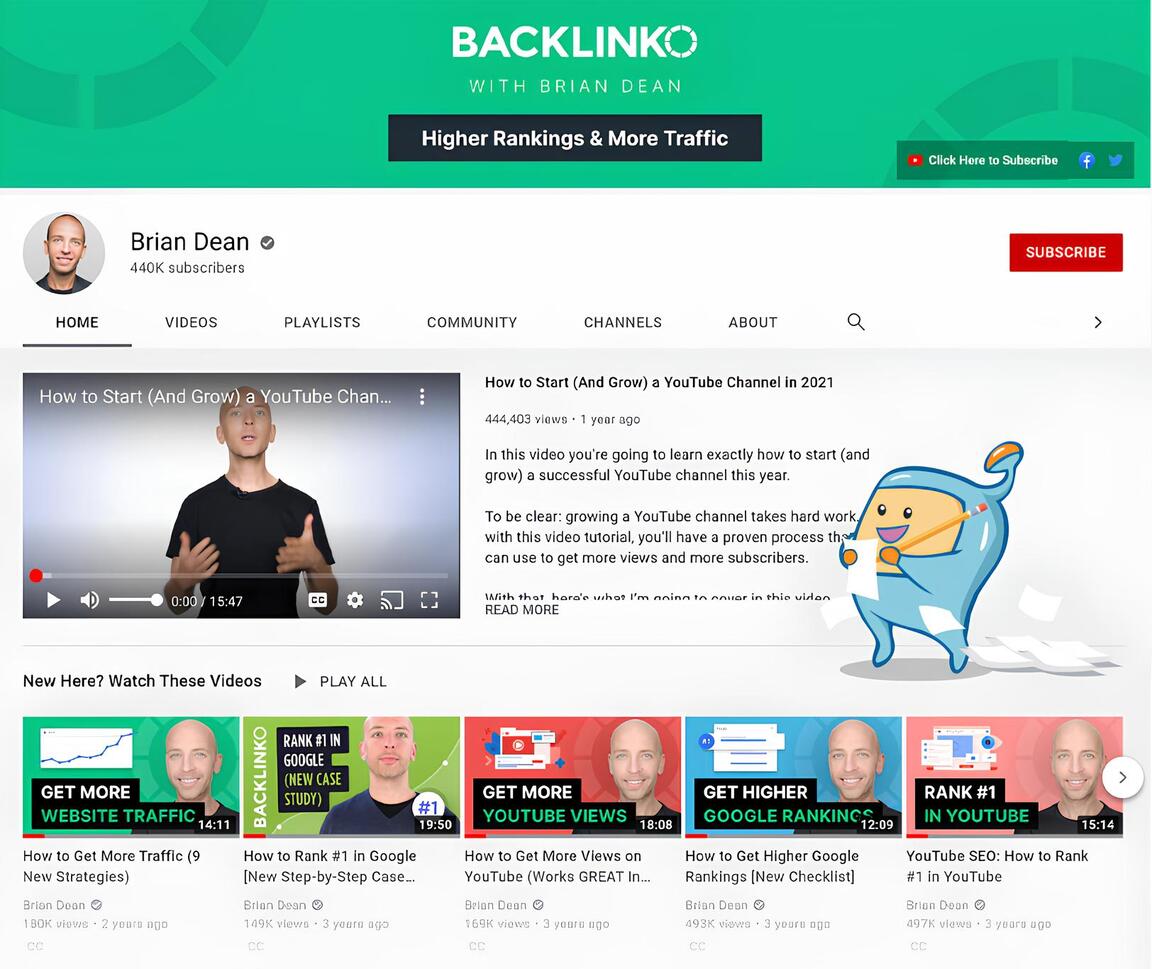
Produce engaging videos that introduce your brand, showcase your expertise, or provide tutorials and how-to guides.
Visual content has a higher chance of capturing attention and leaving a lasting impression.
Infographics
Present information in a visually appealing and easily digestible format through infographics.
These graphics can convey complex data, statistics, or processes in a visually engaging manner.
Social Media Posts
Leverage social media platforms to share compelling content, including industry news, interesting facts, or inspiring stories.
Encourage engagement and social sharing to expand your reach.
Visual Hierarchy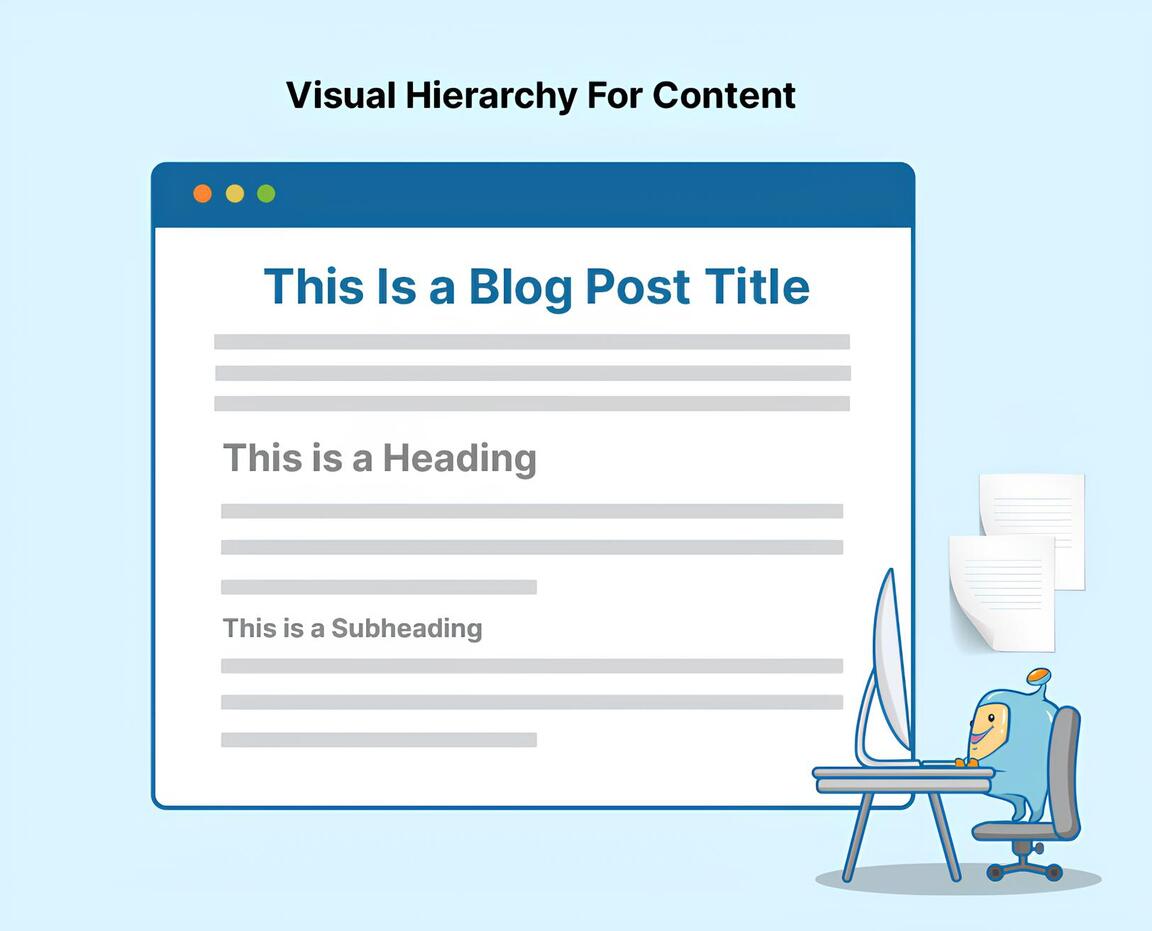
Organize and present visual elements in a way that guides the viewer's attention and communicates the relative importance of different pieces of information.
The Z and F patterns are two common patterns of visual hierarchy that describe how people tend to scan and navigate content on a page.
These patterns help designers and content creators understand how to structure information effectively to guide the reader's attention.
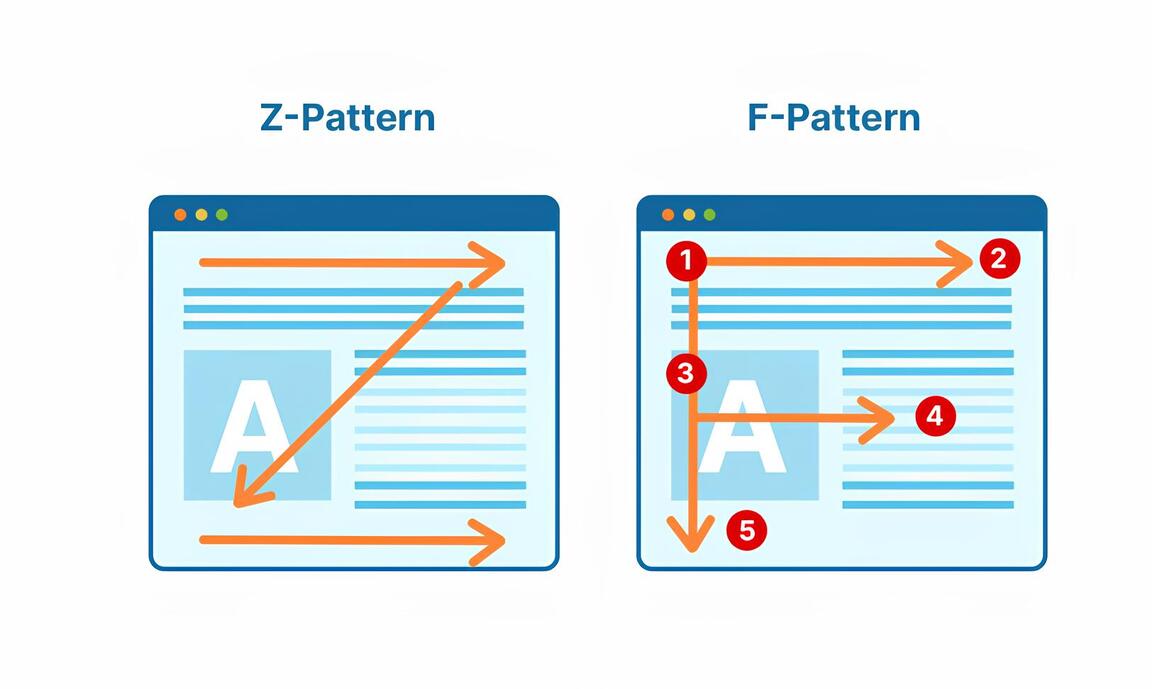
Z-Pattern:
The Z-pattern is based on the natural reading habits of Western cultures, where readers typically scan content from left to right, top to bottom.
It is commonly used for webpages or layouts with a primary focus on visual elements and limited text.
Here's how the Z-pattern flows:
.
Designers often place important information, key visuals, or calls-to-action along this Z-pattern to ensure they receive maximum visibility.
F-Pattern:
The F-pattern is based on eye-tracking studies that suggest readers tend to scan webpages in an "F" shape, focusing on the upper-left corner more intensively.
This pattern is commonly seen in text-heavy pages or content, such as articles, blogs, or documents.
Here's how the F-pattern flows:
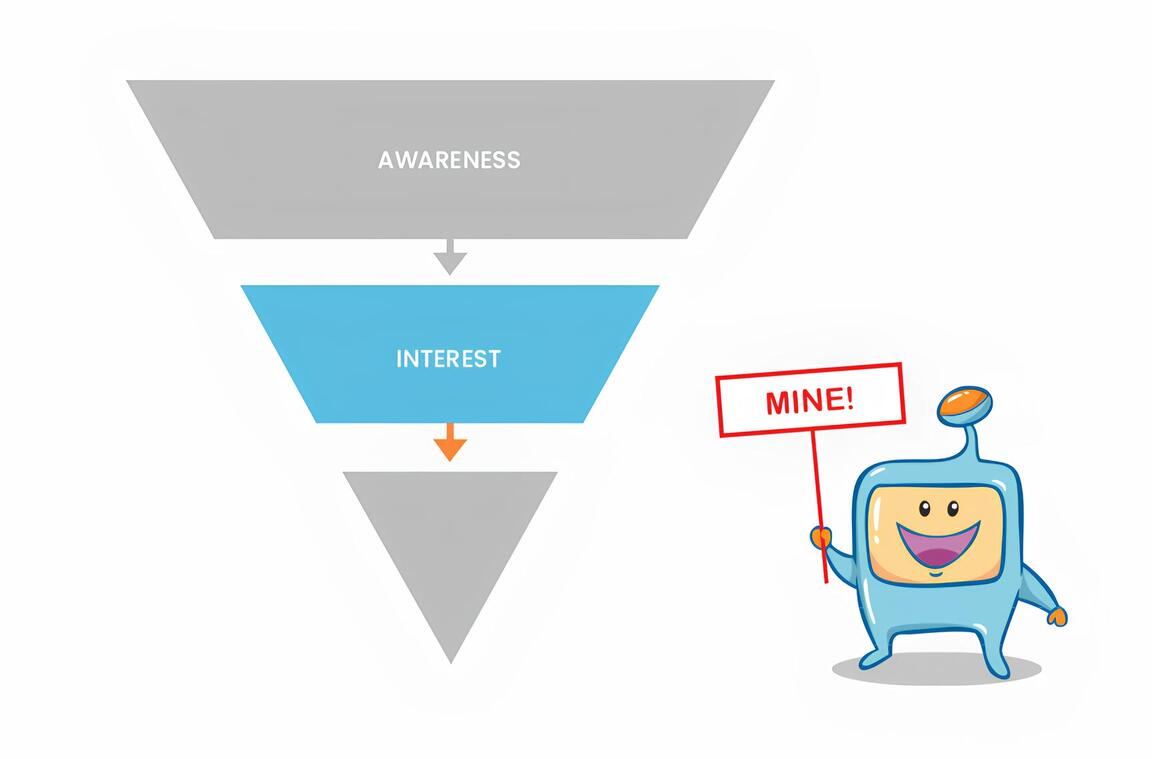
In the middle of the marketing funnel, your audience has shown interest in your brand and is seeking more in-depth information.
Here, the goal is to nurture their interest, build trust, and further educate them about your products or services.
Content in this stage should provide more detailed insights and address specific pain points.
Consider these content strategies:
Case Studies
Showcase real-life examples of how your products or services have helped customers overcome challenges and achieve success.
Case studies provide social proof and demonstrate the value you can deliver.
Webinars
Host informative webinars on relevant topics to educate your audience and position your brand as an industry expert.
These interactive sessions allow for live engagement, Q&A sessions, and deeper discussions.
Whitepapers and eBooks
Offer in-depth guides, research papers, or eBooks that dive into specific industry topics or provide valuable insights.
These resources demonstrate your expertise and provide valuable information to your audience.
Email Newsletters
Develop a regular newsletter that delivers curated content, industry news, and exclusive offers to subscribers.
Nurture your leads by providing personalized and relevant content directly to their inbox.
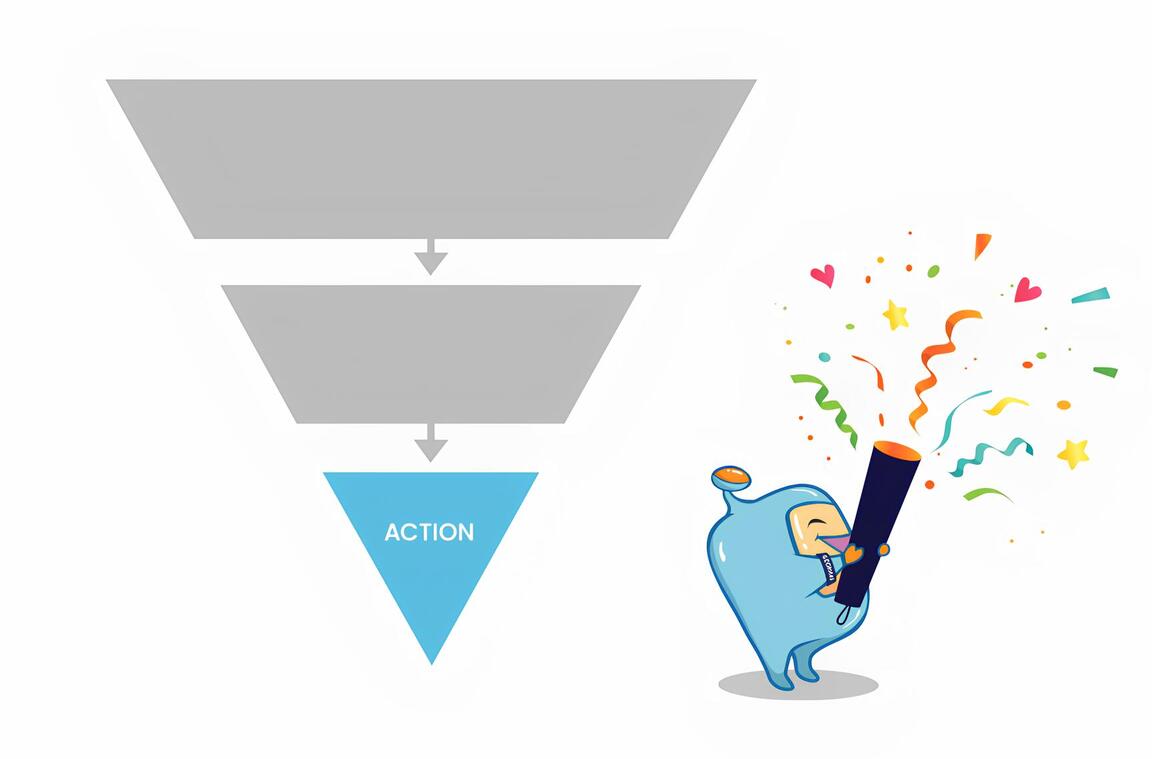
At the bottom of the marketing funnel, your focus shifts towards converting leads into customers.
This stage aims to drive action and prompt your audience to make a purchase or take the desired action.
Content in this stage should be persuasive and emphasize the value and benefits of your products or services.
Consider the following content strategies:
Product Demos
Create video or interactive demonstrations that showcase your products or services in action.
Highlight key features, benefits, and how they can address your audience's pain points.
Testimonials and Case Studies
Share testimonials, success stories, and case studies from satisfied customers.
These real-life experiences serve as powerful social proof and can alleviate any concerns or objections your audience may have.
Free Trials and Samples
Offer free trials, samples, or limited-time promotions to encourage your audience to experience your products or services firsthand.
This allows them to build trust and confidence before making a purchase.
Call-to-Action Content
Include strong and compelling calls-to-action (CTAs) in your content, directing your audience to take the desired action, such as making a purchase, signing up for a service, or contacting your sales team.
To measure the effectiveness and success of your content marketing efforts, it's crucial to define and track key metrics.
These metrics provide valuable insights into how your content is performing, allowing you to make data-driven decisions and optimize your strategies.
Here are some key metrics to focus on:
Monitoring website traffic is essential to understanding the reach and visibility of your content.
Track the number of visitors, unique visitors, and pageviews to gauge the overall performance of your website.
Additionally, analyze traffic sources to identify which channels are driving the most visits, such as organic search, social media, referrals, or email campaigns.
Engagement metrics measure how your audience interacts with your content.
These metrics indicate the level of interest and involvement of your audience.
Key engagement metrics include:
Conversion rate is a crucial metric that measures the percentage of visitors who take the desired action, such as making a purchase, filling out a form, or subscribing to a newsletter.
Tracking conversion rates helps assess the effectiveness of your content in driving desired outcomes.
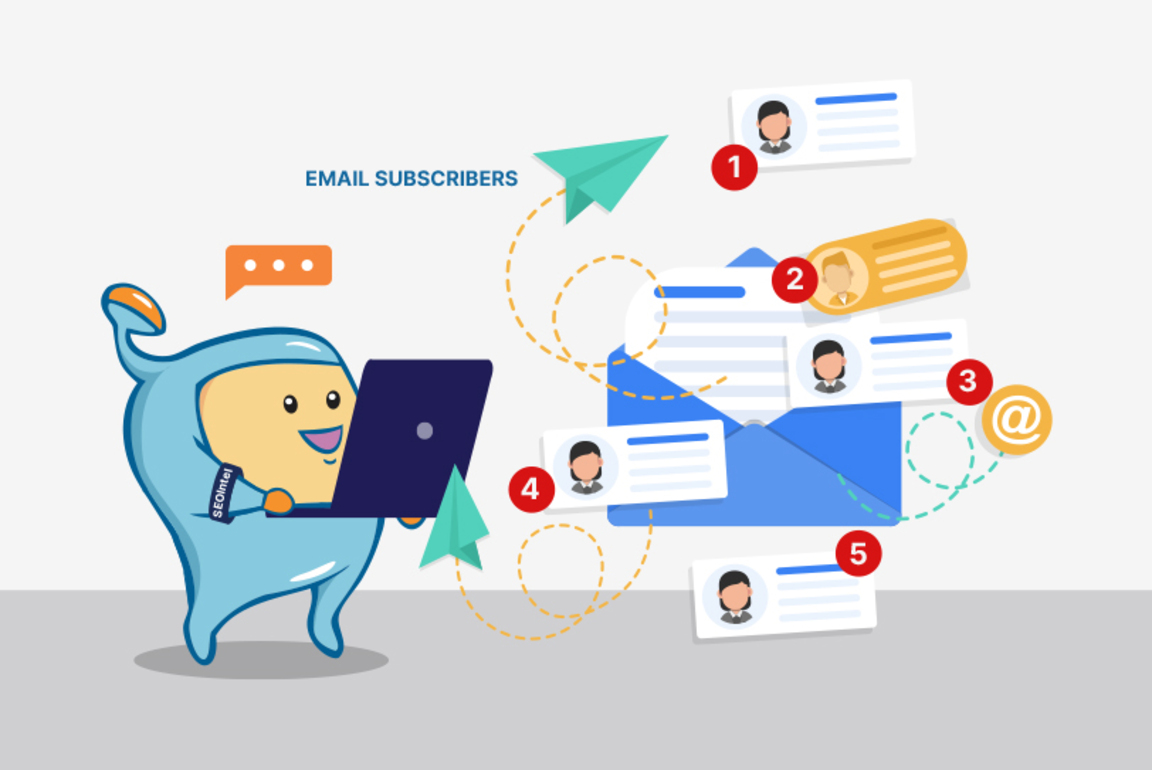
If you have an email newsletter or subscription service, track the growth of your email subscriber list.
The number of subscribers indicates the level of interest and engagement your content generates, as people willingly opt-in to receive updates from your brand.
Assess the performance of your content across different social media platforms.
Track metrics such as likes, comments, shares, and follower growth.
These metrics provide insights into the resonance and reach of your content within social networks.
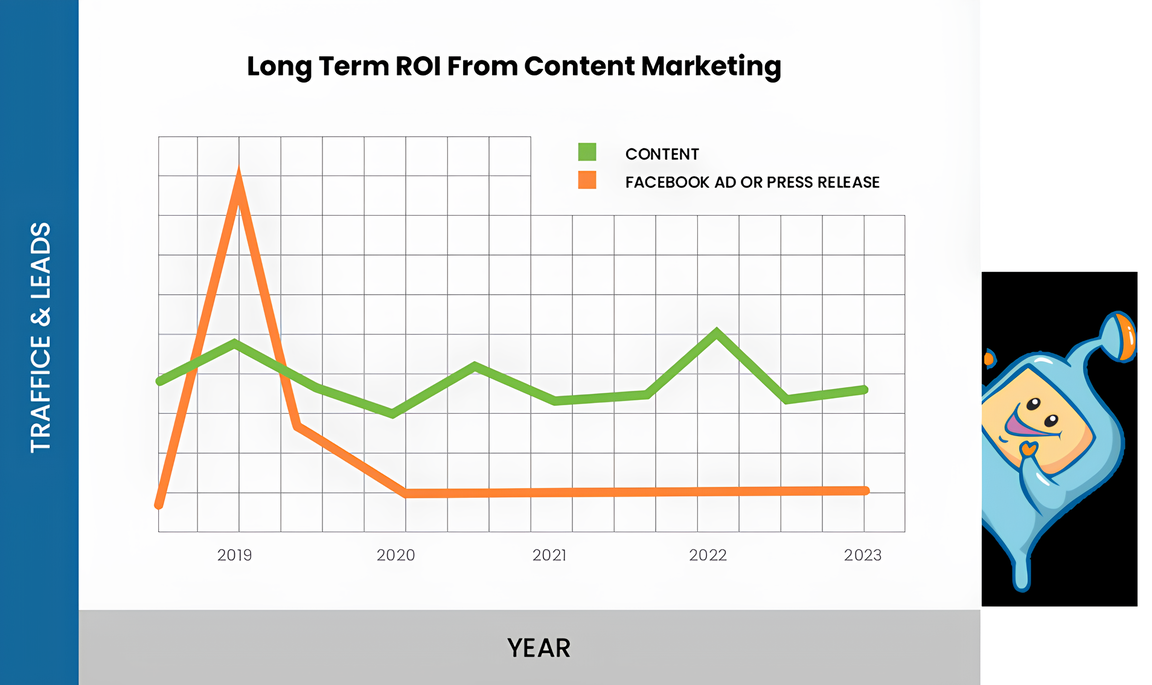
ROI measures the financial return you gain from your content marketing efforts compared to the costs incurred.
Analyze the revenue generated, lead conversion rates, and customer acquisition costs to evaluate the overall effectiveness and profitability of your content marketing campaigns.
Content marketing has emerged as a powerful marketing strategy that not only drives immediate results but also establishes long-term brand value.
By creating valuable, audience-centric content and delivering it through various channels, businesses can foster deep connections with their target audience, nurture leads, and drive conversions.
The key lies in understanding the audience, developing a robust content marketing plan, and consistently delivering high-quality content that adds genuine value.
Embrace content marketing, and unlock the potential to engage your audience and achieve remarkable business growth.